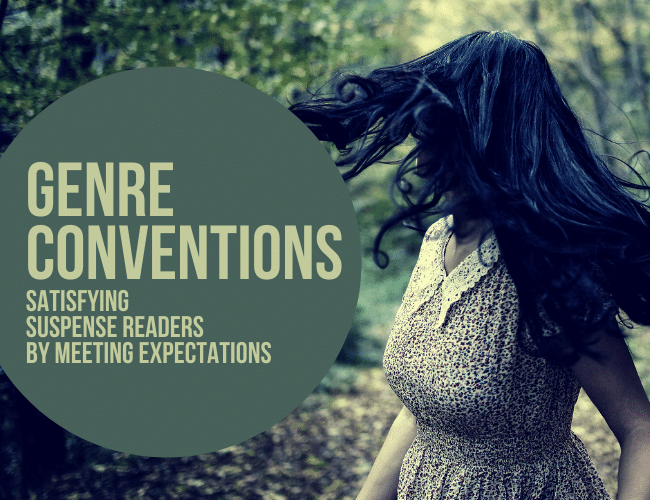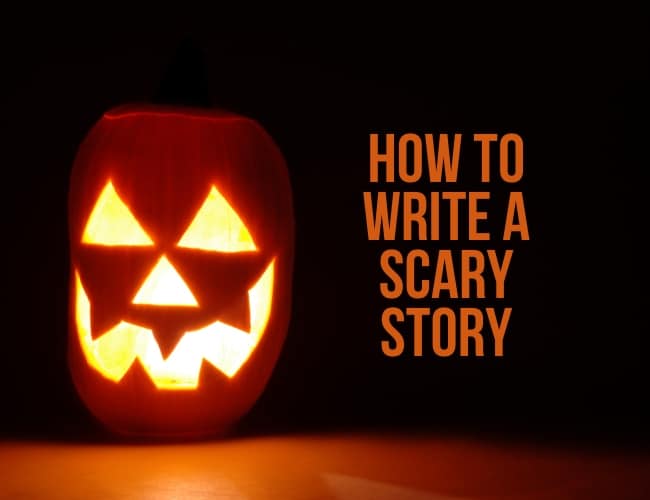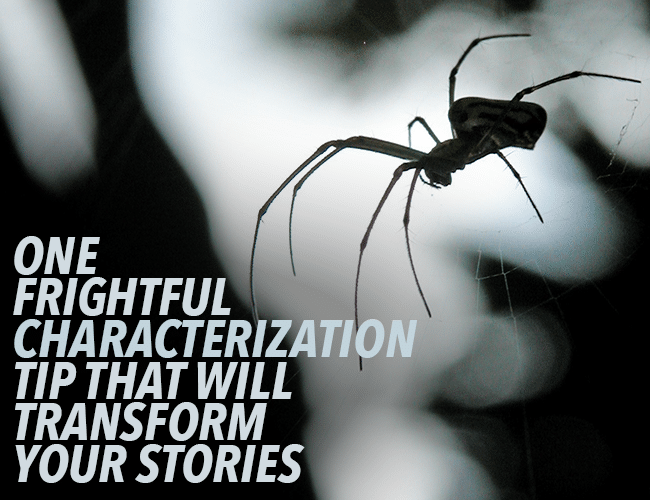
by Joslyn Chase |
When you sit down with a book, are you hoping for a particular type of story experience? This is a common desire, since readers—know it or not—are drawn towards specific genres and genre conventions.
From a writer’s perspective, knowing these genre “flavors” and how to create them to satisfy reader expectations is key to writing stories that will keep readers coming back.
In addition, understanding the genre conventions and obligatory scenes helps you push yourself farther and reach higher to innovate and twist what’s been done before, astonishing readers…and even yourself!

by Emily Wenstrom |
I love Halloween. The creepy movies, the crisp fall air, the pumpkins. And who doesn’t love to get dressed up and hit the town for night? But there’s nothing like a horrifying story to get in your head—and get you in the spirit.
What makes a good scary story? Here’s a few pointers on how to write a scary story to start you off in the right direction.

by Ruthanne Reid |
People are complicated. I know, that’s like saying, “Hey, fire is hot!” but when it comes to characterization, this needs to be said. Our tendency as authors is to stick imaginary people into tiny two-dimensional categories, forgetting that no human being fits into tiny two-dimensional categories.
One of the things that makes humans so confounded complicated is we are not logical.

by David Safford |
What do you get when you string a bunch of scenes together?
A story!
Since stories are composed of individual scenes, it makes sense to study them and figure out which scenes your story will need. And if you’re going to write a Hero’s Journey (in any genre), there are some scenes, or situational archetypes, that your reader will instinctively expect your story to include.
Let’s explore five essential scenes to write in your next Hero’s Journey story!

by David Safford |
There are heroes everywhere. A great Hero’s Journey can take place in any genre. But did you know there are eight hero’s journey archetypes that work especially well for a universal protagonist?
Your reader will unconsciously expect your story to have certain characters. If you want your next heroic story to be a success, you’d be wise to plan the entire journey around these key characters. Or at the very least, with them.
Without these hero’s journey archetypes, you might have a story that fails to “work,” and this will leave the reader dissatisfied and confused.
To avoid this, let’s go over who these character archetypes are, and why they will push your hero on their journey.

by David Safford |
The time has come to pen the ending of your Hero’s Journey. The dust may have settled by this moment in your book—but that doesn’t make it any less important. This is the moment in a hero’s journey called the Return with the Elixir.
But you might be thinking, “I hate endings!” For some writers, this is a painful truth of storytelling. Finding the right ending—or rather, any suitable ending—can feel impossible.
Thankfully, the Hero’s Journey, as researched by Joseph Campbell, provides a clear roadmap for concluding your epic journey, saving you much of the headache that often comes with crafting the perfect denouement.
Here’s how you write it.





